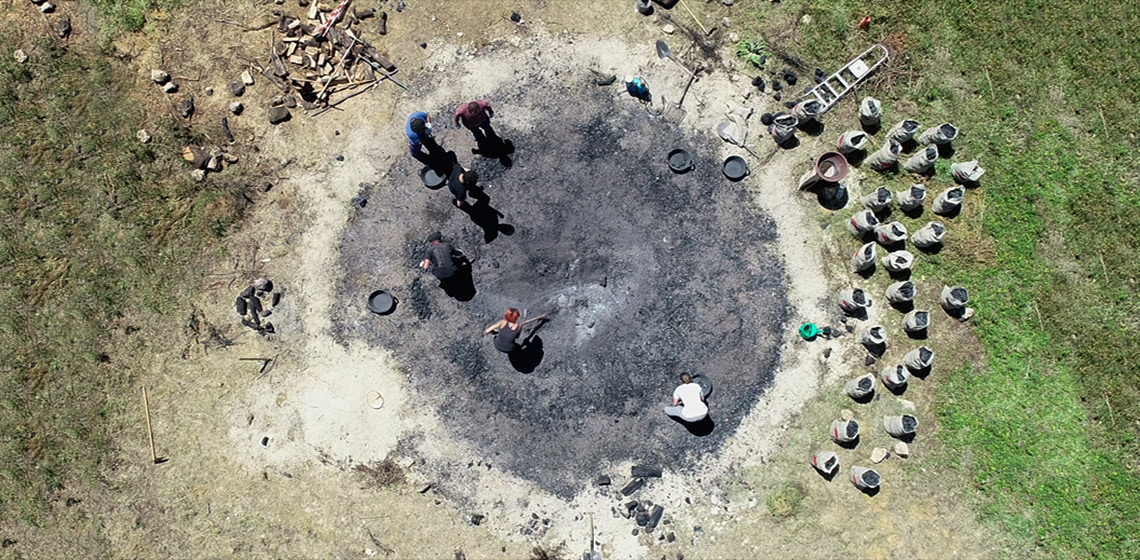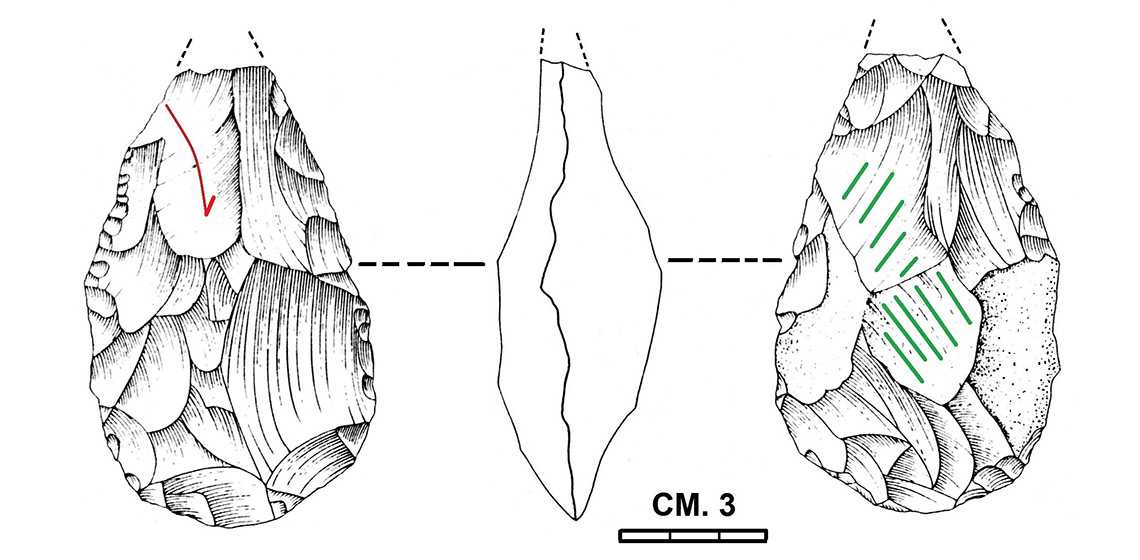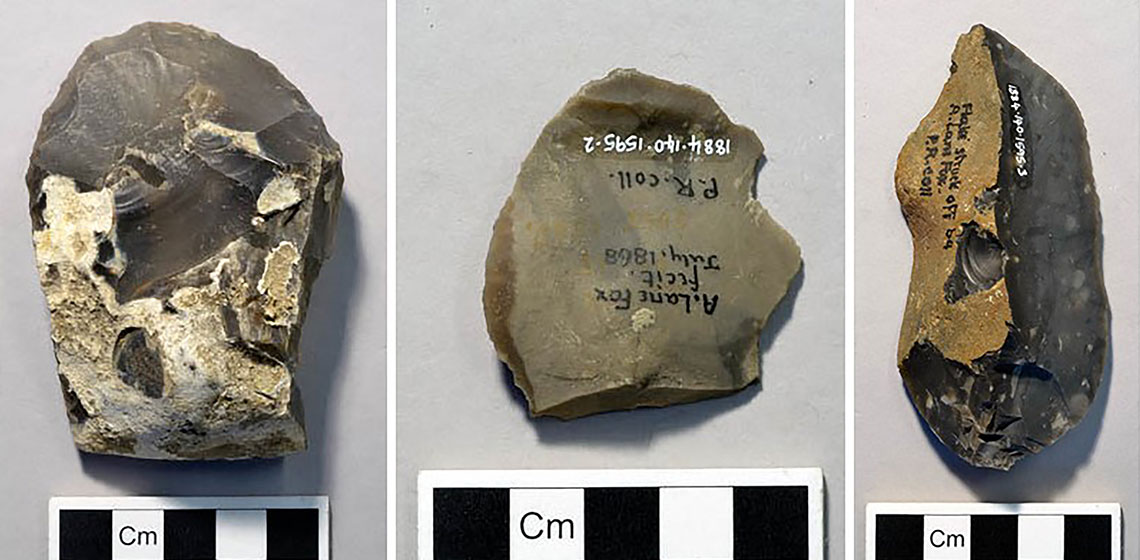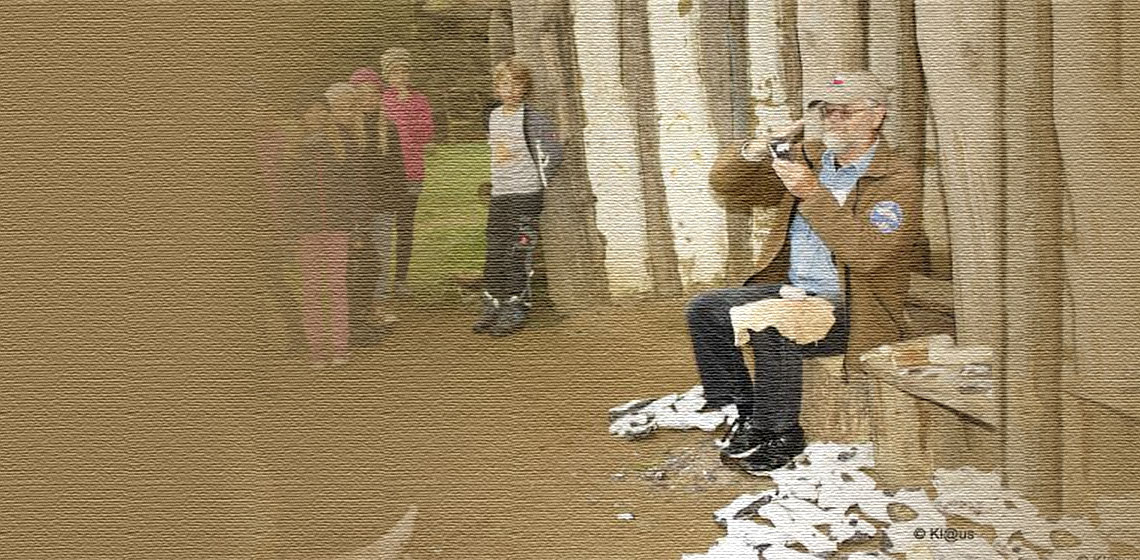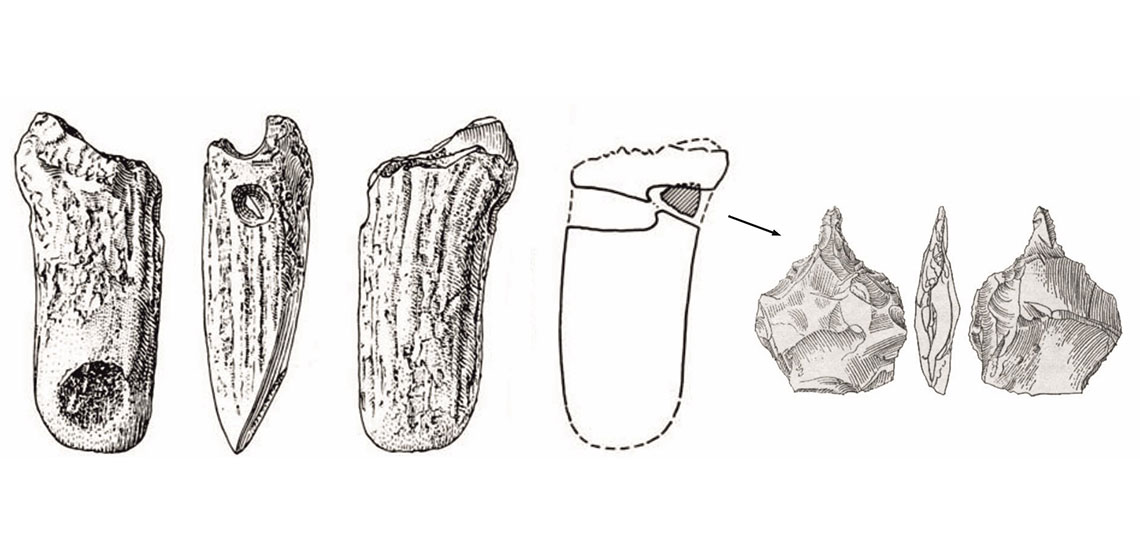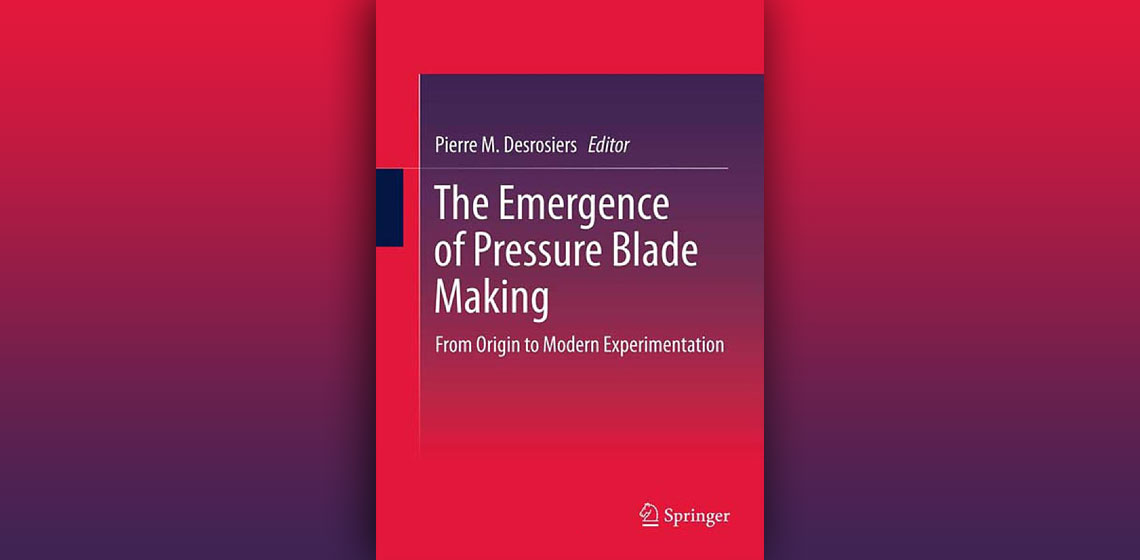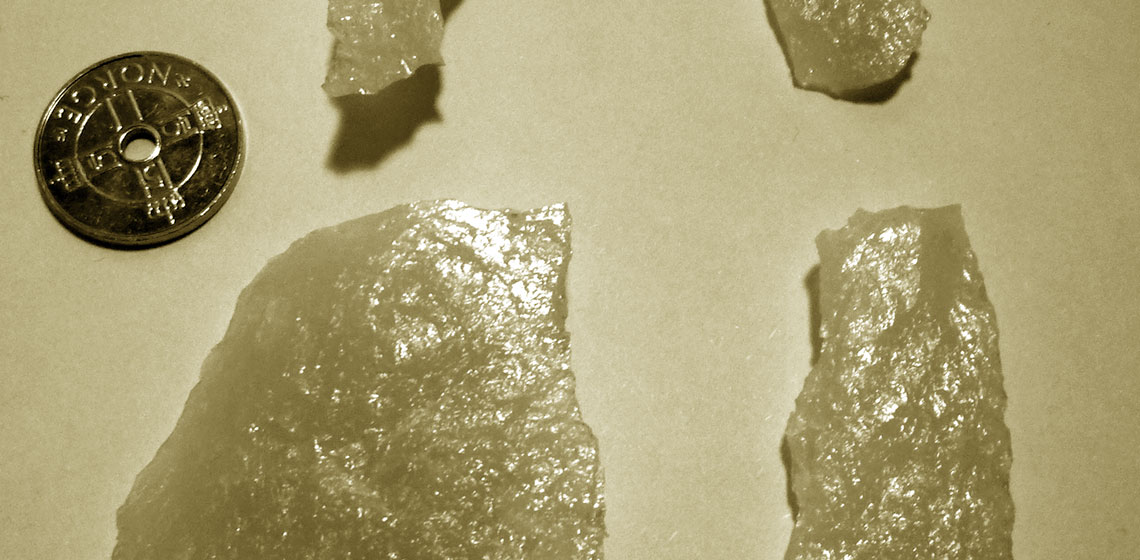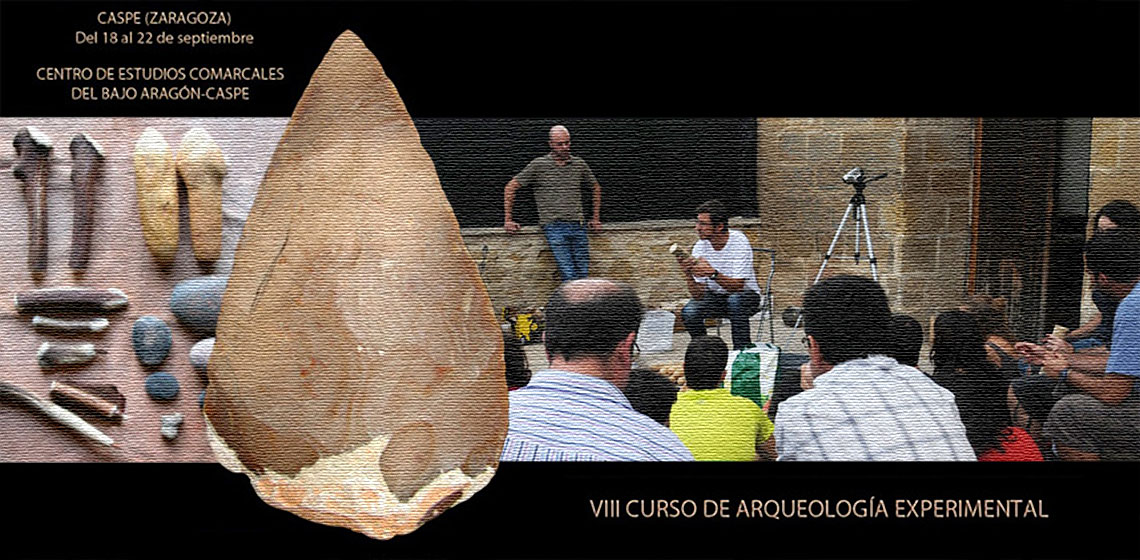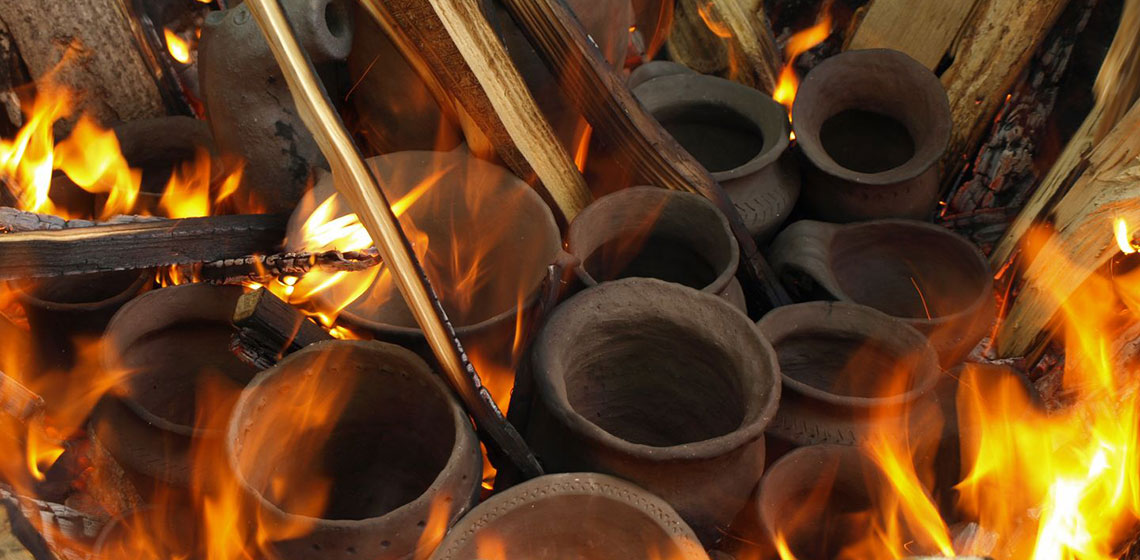Mining at Pozarrate: Applying Experimental Approaches to Understand the Neolithic Extraction of Flint in the Sierra de Araico (Treviño, Spain)
***The aim of this paper is to introduce the scientific works performed in the Sierra de Araico Neolithic Mining Complex, mainly located in the Treviño enclave of Spain. Archaeological works were focused on the Pozarrate quarry, dated to the Neolithic period (6000-5600 BP). This site is unique since it has been used recently to...
